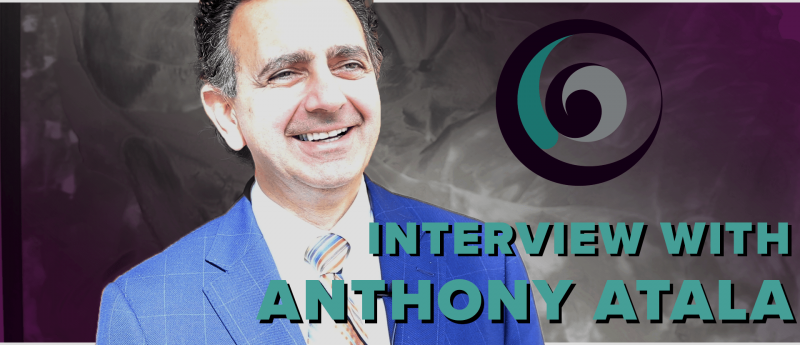Launching the Regenerative Medicine Manufacturing Society: an interview with Anthony Atala

In this interview, Anthony Atala introduces the Regenerative Medicine Manufacturing Society, which held its inaugural meeting at the World Stem Cell Summit (22—26 January, FL, USA).
Anthony Atala is director of the Wake Forest Institute for Regenerative Medicine (NC, USA) and founding member of the Regenerative Medicine Manufacturing Society (RMMS). In this interview, conducted at the World Stem Cell Summit, he explains why the Society was necessary.
In a press release ahead of the World Stem Cell Summit, Atala explained: “Regenerative medicine therapies are already benefiting small groups of patients through clinical trials.
“While there is still much to accomplish scientifically, the field is at a tipping point. If we are going to bring high quality, cost-effective therapies to patients, now is the time to begin the important work of developing the manufacturing processes. Collaboration between stakeholders is vital to success.”
What are the challenges in manufacturing regenerative medicine?
One of the major challenges for the regenerative medicine field is the ability to automate manufacturing for technologies that are often personalized and to do so in an effective manner that can allow for products to be scaled up at a reduced cost.
What is the Regenerative Medicine Manufacturing Society?
More than 100 individuals from a broad national representation, mostly from industry, but also from government agencies and academia, have been getting together regularly in North Carolina for the last 4 years, trying to identify common challenges, opportunities and solutions in the area of regenerative medicine manufacturing. There is now a critical mass of entities and individuals interested in this emerging area, and the society arose out of the need to have a continuing dialogue within an organization that could engage all stakeholders.
What is the RMMS doing at the World Stem Cell Summit?
The RMSS has formed a partnership with the Regenerative Medicine Foundation, the organization that runs the World Stem Cell Summit, due to its recognized leadership in the field. The inaugural meeting of the RMMS allowed for the colocalization of both meetings, with the added benefit of increased interactions among members of the regenerative medicine community at large.
What can we expect from the RMMS in the next year?
The RMMS is composed of leading members of the field who are involved in the regenerative medicine manufacturing space. Whether they’re from large, medium-sized and small companies, or start-ups, at the end of the day, the RMMS industry members are all facing some of the same roadblocks and they are already working together to try to overcome these challenges.
How do you hope the RMMS will enable regenerative medicine to advance and develop?
One of the main goals of the RMMS is to really concentrate on the precompetitive space; in this area many stakeholders are facing the same challenges. For example, better manufacturing automation and biosensing capabilities would benefit a large number of entities, regardless of the products being produced.
What has been your highlight from the World Stem Cell Summit?
The highlight of the meeting is being able to interact with other people in the field and have wonderful conversations about what we’re sharing in terms of challenges and the things we can do together to accelerate safe and effective technologies to patients.
Learn more about the World Stem Cell Summit: